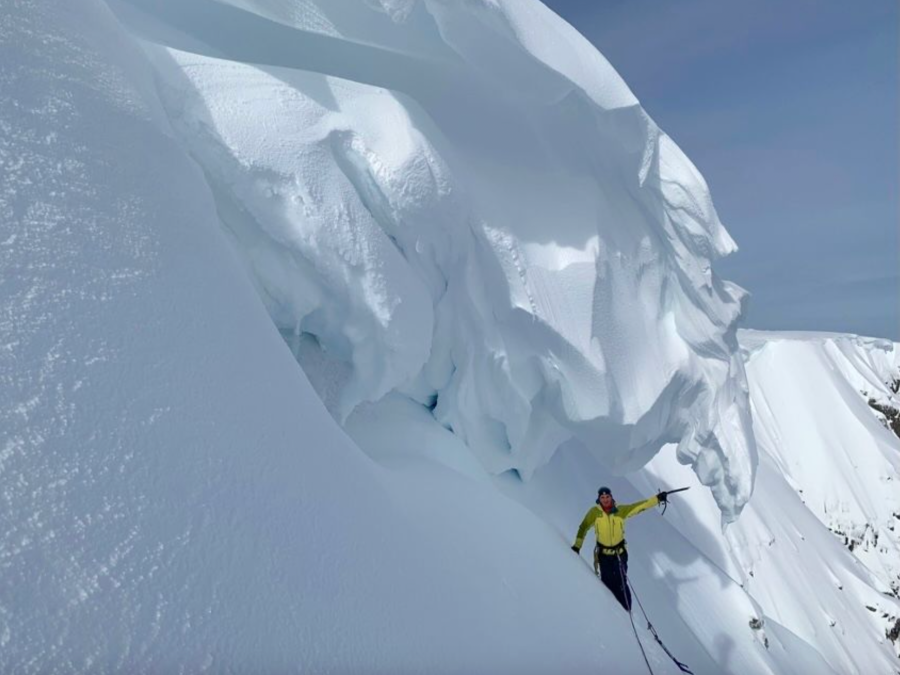This article on the Avalanche Hazard is sponsored by our friends at Glenmore Lodge.
The Scottish hills in Winter can be both a beautiful and a dangerous place. Having a good understanding of the Avalanche Hazard and how to use this information effectively is a key set of skills to help us mitigate risk in the mountains.
Main image: This cornice formed overnight and collapsed the next day during a period of thaw | Credit: Graham Moss
Good Avalanche Awareness can be split into four distinct areas, all of which work together to help us build a good understanding of the winter environment.
- Understanding the prevailing conditions
- Knowing what to expect
- Being observant during your mountain journey
- Having a flexible plan
The Scottish Avalanche Information Service (SAIS) provides a wealth of information to hillgoers in Scotland. It’s worth paying particular attention to the Avalanche Problem icons. These provide a deeper understanding of the expected avalanche conditions than the Hazard Rose, which is very general information.
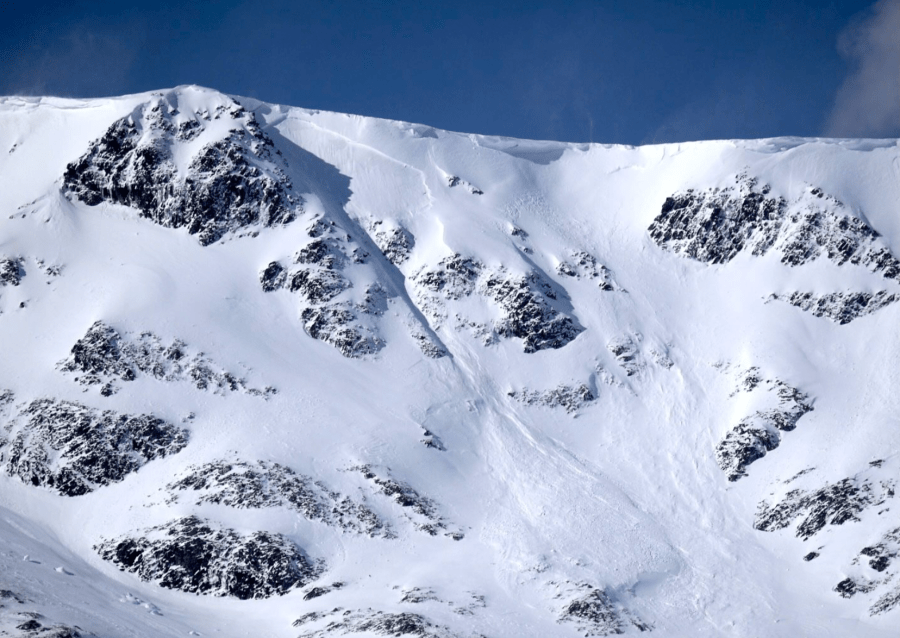
Let’s look at how SAIS information can help inform the knowledge areas outlined above.
Understand the prevailing conditions
Some background information is invaluable before heading to the mountain as this will help shape your initial plans for the day. At this stage, it’s important to understand what the general snow conditions have been recently, including any specific Avalanche Problems that may be present. Using the SAIS website, keep an eye on the Avalanche Hazard Reports for the few days prior to heading to the hills; this will help build a picture of the general snow conditions. We are looking for context.
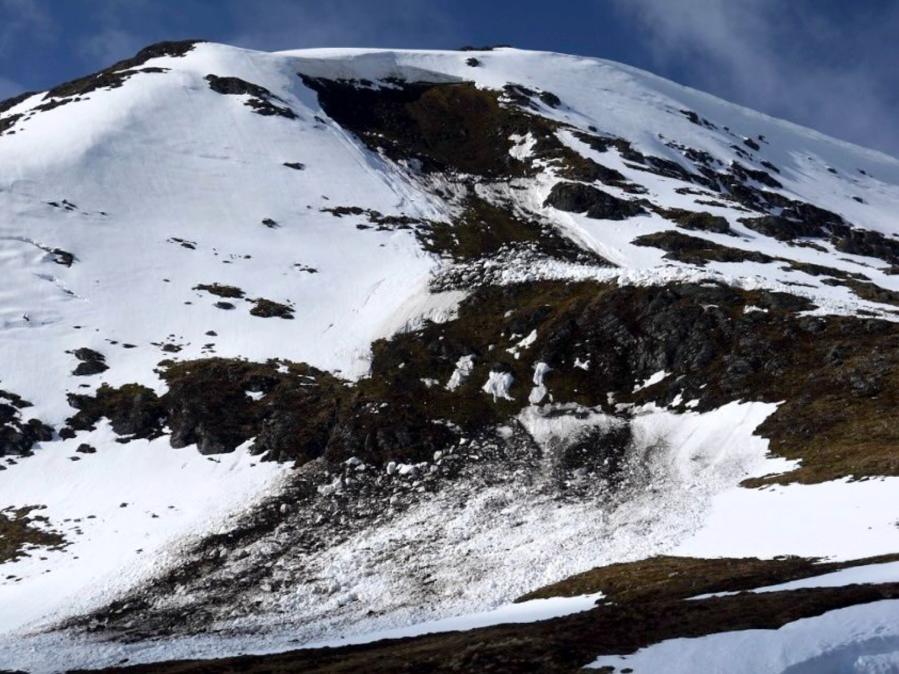
Know what to expect
Having a good understanding of what conditions you expect when on the hill is vital. This is not just a question of glancing at the Avalanche Hazard Forecast and remembering the Hazard Category. Hill conditions are a combination of the expected snow conditions and the expected weather, as these two factors are interlinked. So, you should be heading out with a good idea of what the anticipated weather is and how this will affect the snowpack. These two factors can be broadly summarised with Avalanche Problems – what and where these are to be expected.
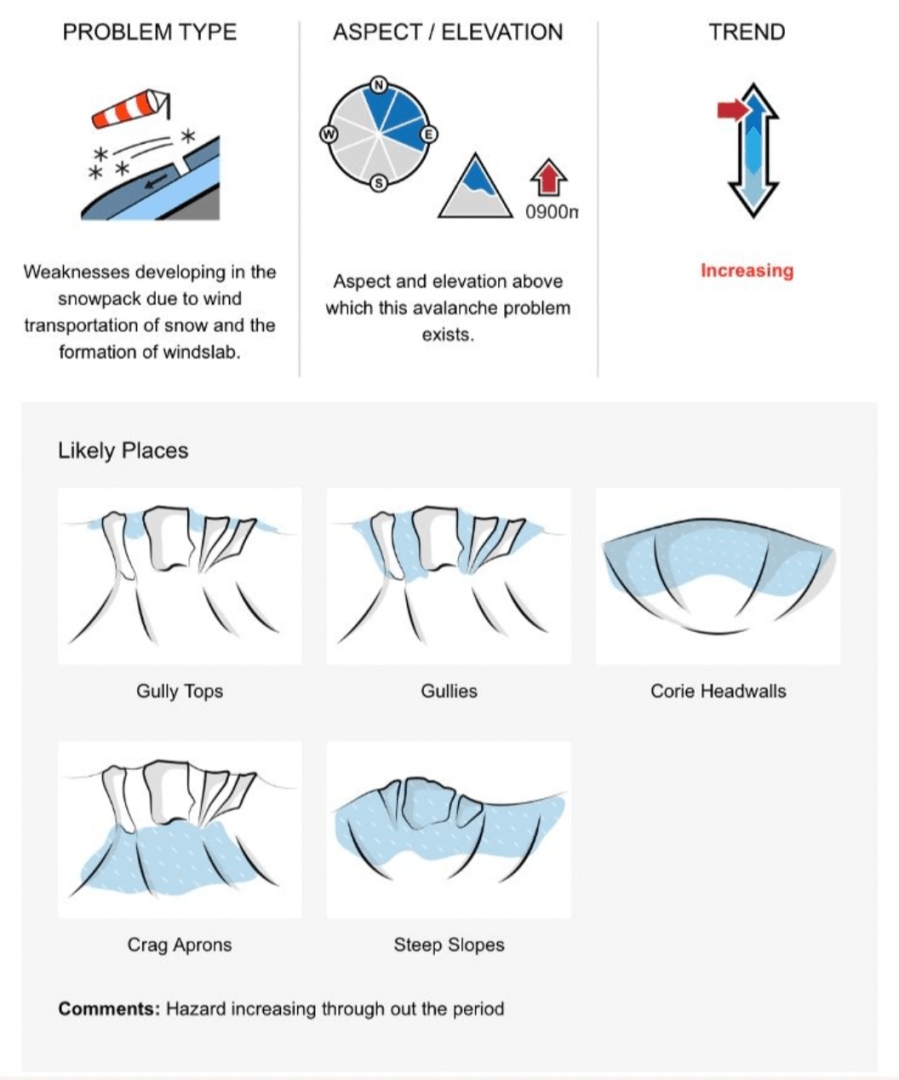
Be observant on the hill
While we can start the day with a good theoretical knowledge of the conditions, it’s vital that you then observe what is actually happening on the ground, on the day itself. Ask yourself: are the snow conditions as you were expecting? Are the weather patterns as per the forecast? By the time you go out in the morning, the Avalanche Hazard Forecast may well be slightly out of date. They are written the day before and based on a weather forecast that could have changed in the last 12-14 hours. Given the accuracy of weather forecasting nowadays, it’s unlikely that the headline forecast will be wrong, and more likely that the timing will be slightly out. Use this knowledge in your ongoing assessment of the weather’s effect on the snowpack, which can change rapidly.
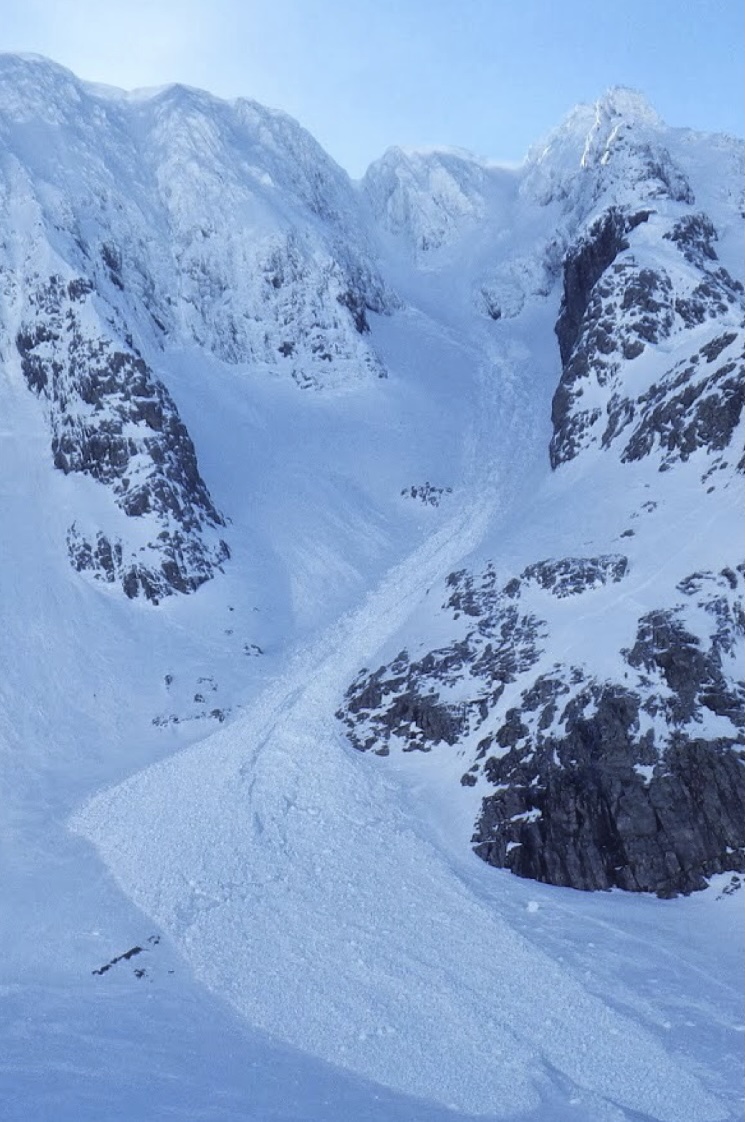
Have a flexible plan
Above all, be flexible in your plans. Have a variety of options up your sleeve and be prepared to make either major or minor alterations to your route depending on what the conditions are actually like underfoot. Remember that conditions can change very fast, even over the course of an hour. What was a safe slope can turn into a dangerous crossing.
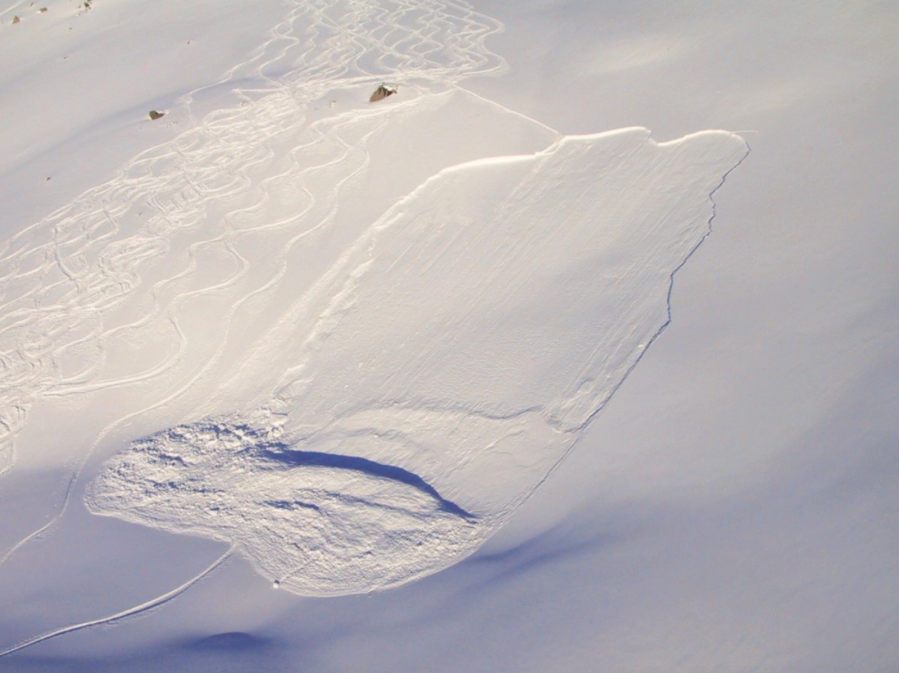
What should you do if you are involved in an avalanche?
The first line of defence is to avoid being avalanched in the first place. If you or your party get avalanched you have made a mistake. If someone in your party is buried, you are their best chance of survival as time is of the essence, so having a strategy in place is essential.
Further resources
SAIS provides daily Avalanche Hazard Forecasts for the six most popular winter areas in Scotland. There is a wealth of information available on its website. The main item of interest is the Avalanche Hazard Report, which includes the Hazard Rose, Avalanche Problems, Forecast Snow Stability and Avalanche Hazard and Weather Influences.
Be Avalanche Aware (available on the SAIS website) is a decision-making process that provide a good framework for pre- and on-hill planning and route choice.
Both SAIS and Glenmore Lodge have additional educational resources available on YouTube. Glenmore Lodge also offers practical Avalanche Awareness courses.

